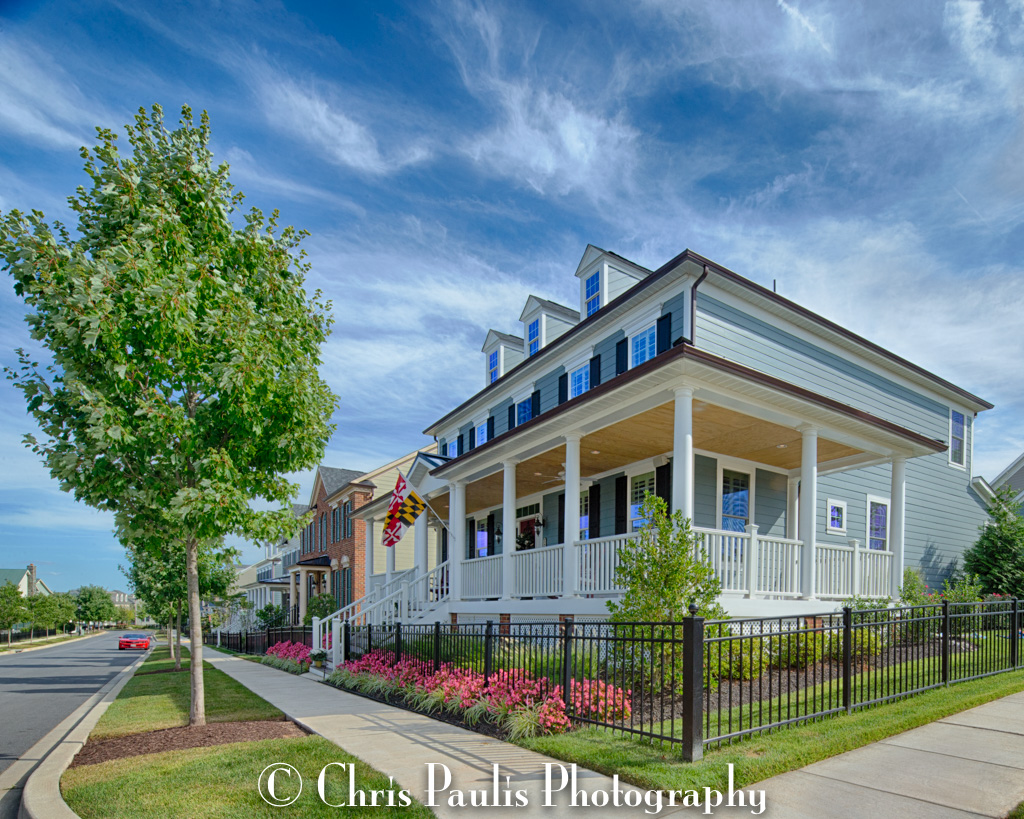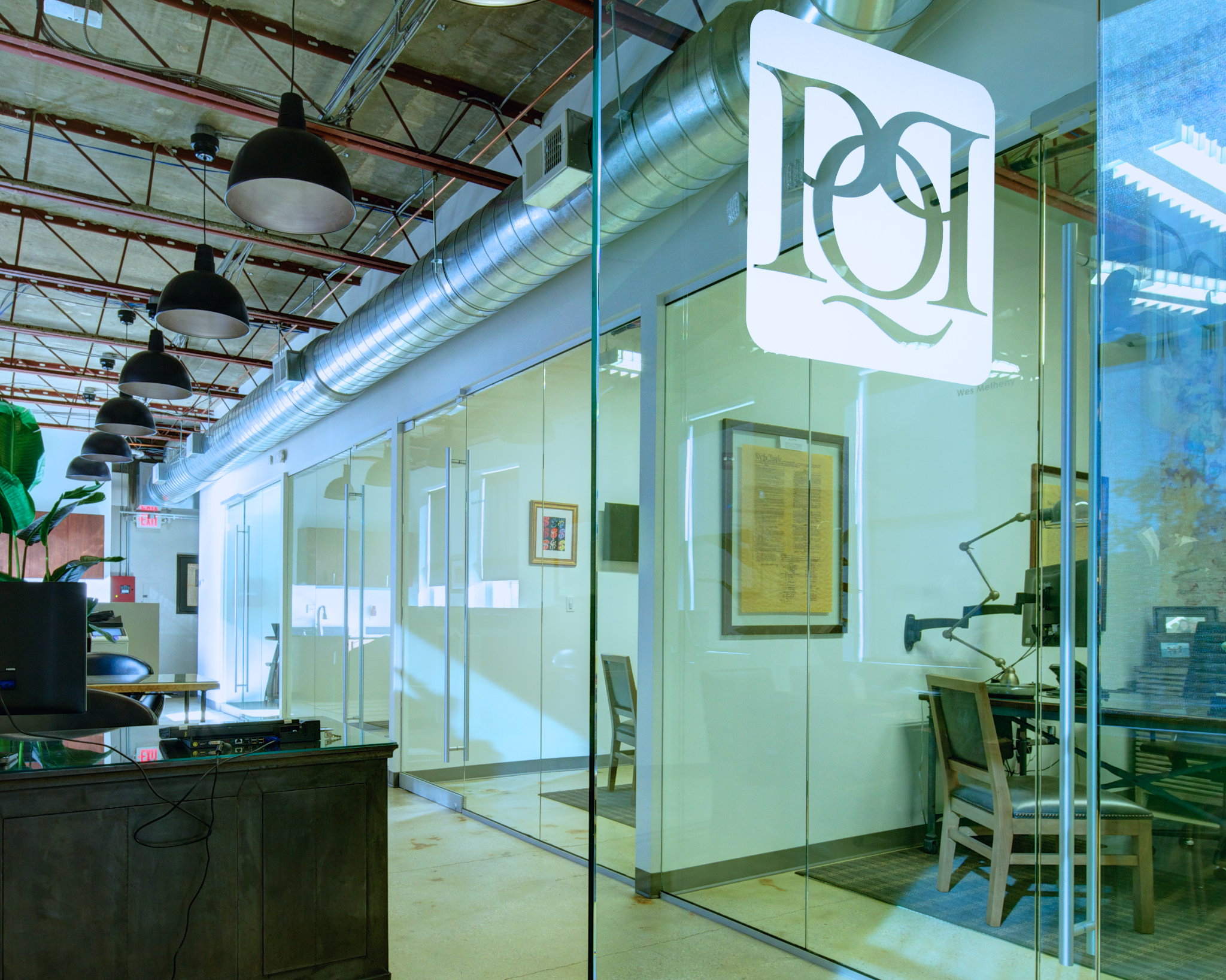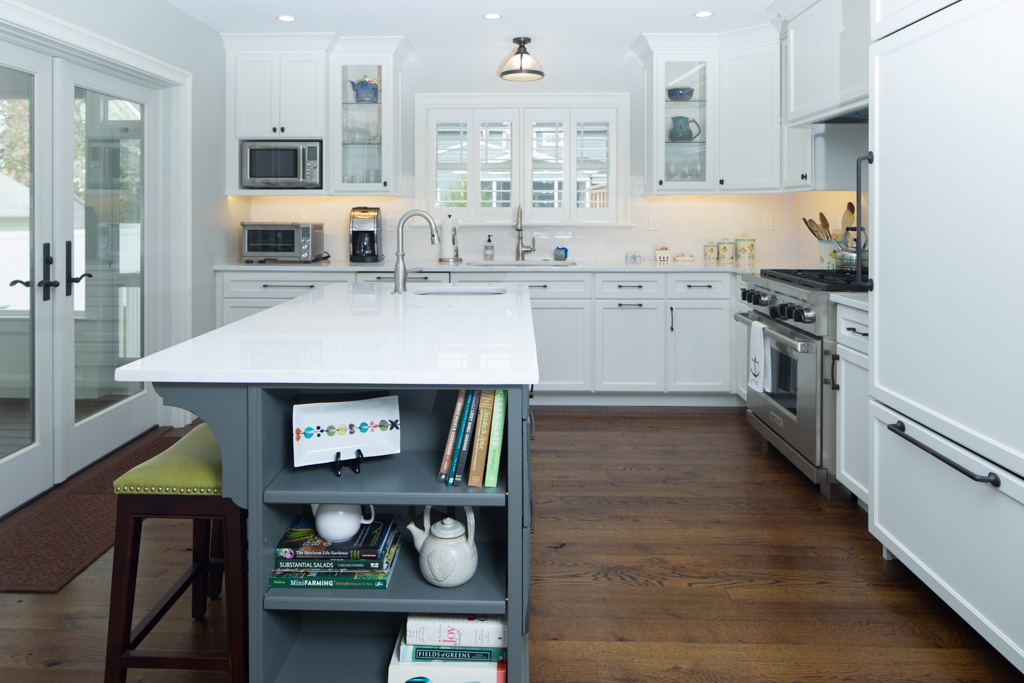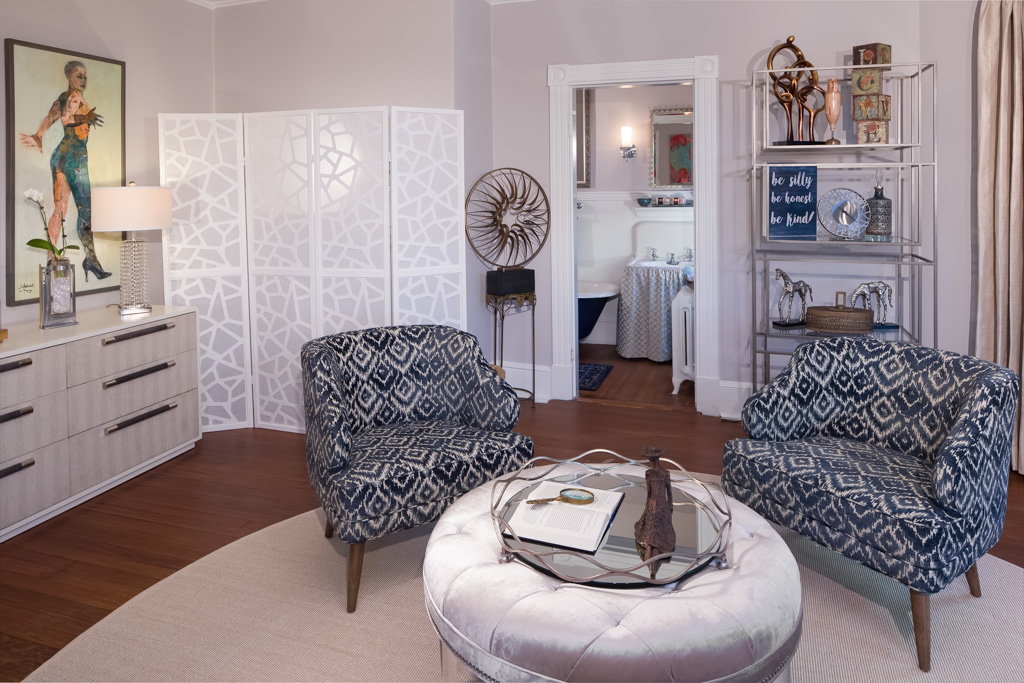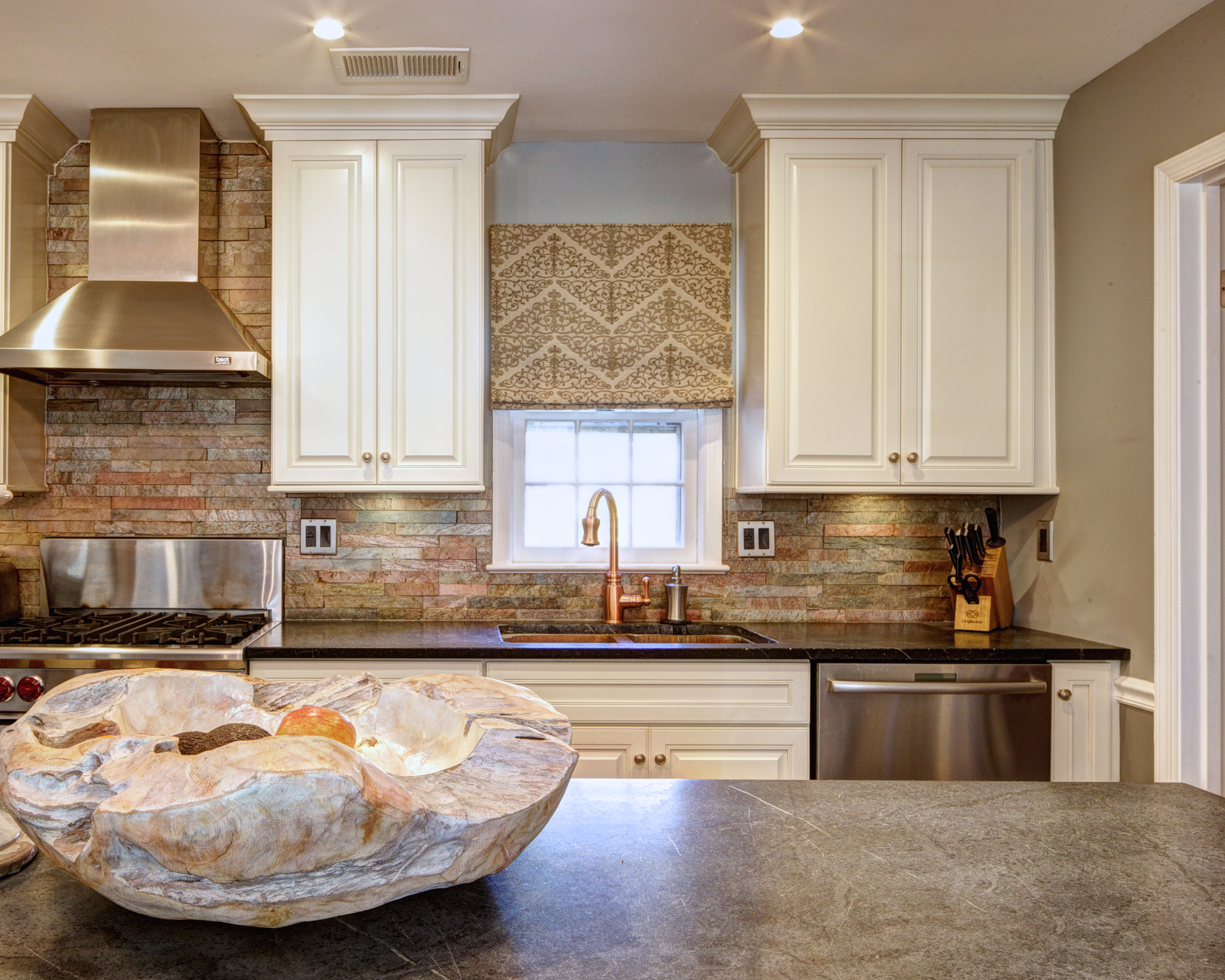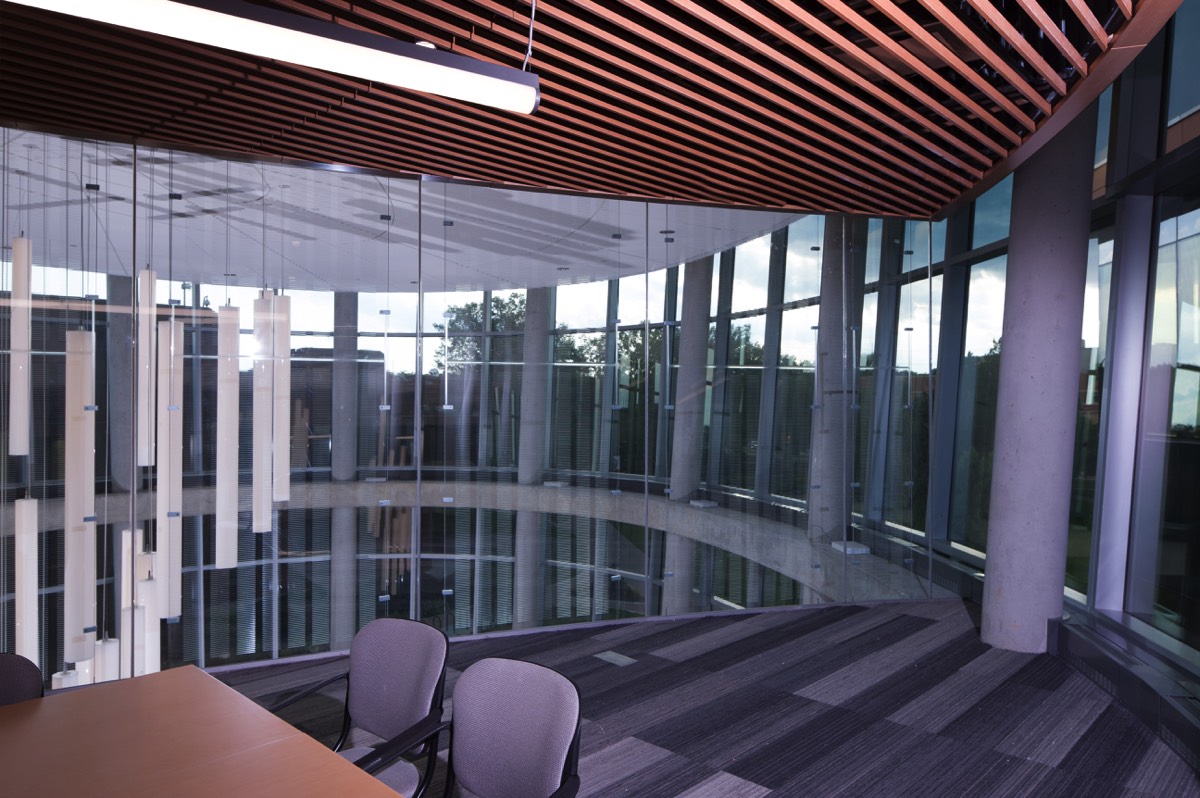Interior Design & Architecture
What constitutes an effective image of an interior space or architecture?
Fundamentally, clients require representative photos without distortion: Vertical lines that are straight and parallel to the sides of the image, rather than slanting inward. Next, images need to be cheery and bright, rather than dingy or dull. How do you prevent this? By performing a custom white balance and balancing the color of any light added to the scene with colored gels to control this. When white balance is off (e.g., those point-and-shoot photos you see on Facebook in which everything is tinted yellow), then all the colors lose their character: dingy dullness is the result.
Another aspect of effective architectural photos is proper exposure: The space is not overly dark or light, where detail is lost in the shadows or highlights. One notable exception that is popular in commercial imaging right now is the situation in which a room is brightened by over exposure and the windows in the scene are blown out (that is, bright white with no detail showing from outside). So long as this is done without what is known as lens flare, this can be an effective means of showing the space as bright and cheerful. Lens flare occurs, however, when light from that bright source is so intense that it creates distracting reflections from within the lens as it bounces between lens surfaces.
Related to exposure is the skill of using lighting or post-processing techniques to balance the shadow and highlight areas of the scene. Many photographers use what’s known as High Dynamic Range techniques to combine multiple exposures of an identical scene into one, using the detail from both ends of the exposure to retain details. Done well, HDR images simply look like what our brain perceives when looking at a high-contrast scene. Done poorly, the scene looks artificial and even “flat.” A second (and to my mind more reliable) method of balancing the exposure in an image is that of using off-camera lighting to bring up the shadows, accentuate features we want viewers to appreciate, and narrow the range of brightness values so that the camera can make the image in one exposure. This requires skill in shooting manually, both in camera mode and in lighting control.
For architectural and interior design imaging, I use a top-of-the-line Canon professional camera, “L” series tilt-shift lenses, up to three off-camera flashes, and a tripod. I work closely with the client to understand their requirements and carefully photography a multiple angles to ensure that the resulting images exceed expectations.
I also have the equipment, software, and skill to create 360º panoramas and Virtual Reality photos.
